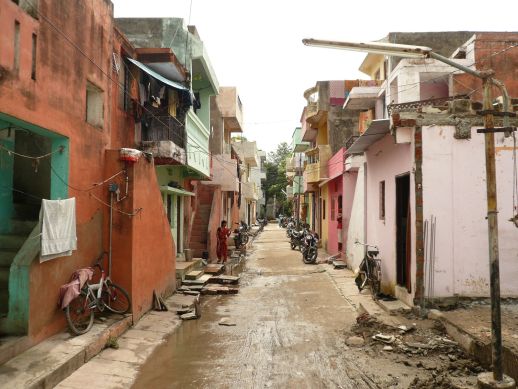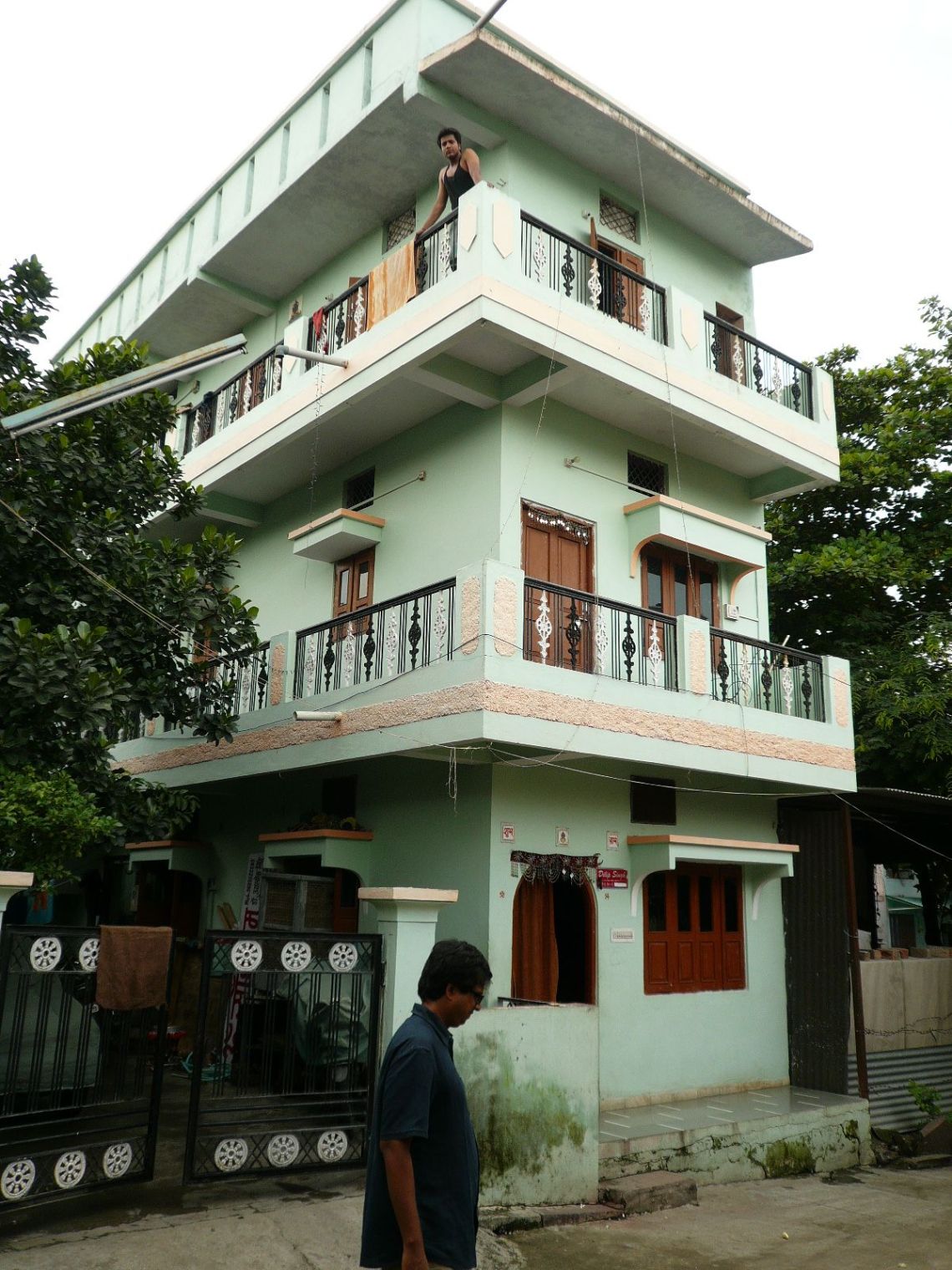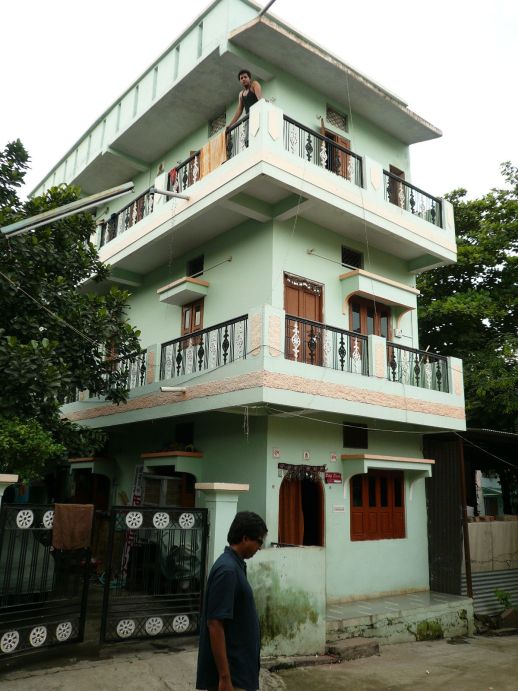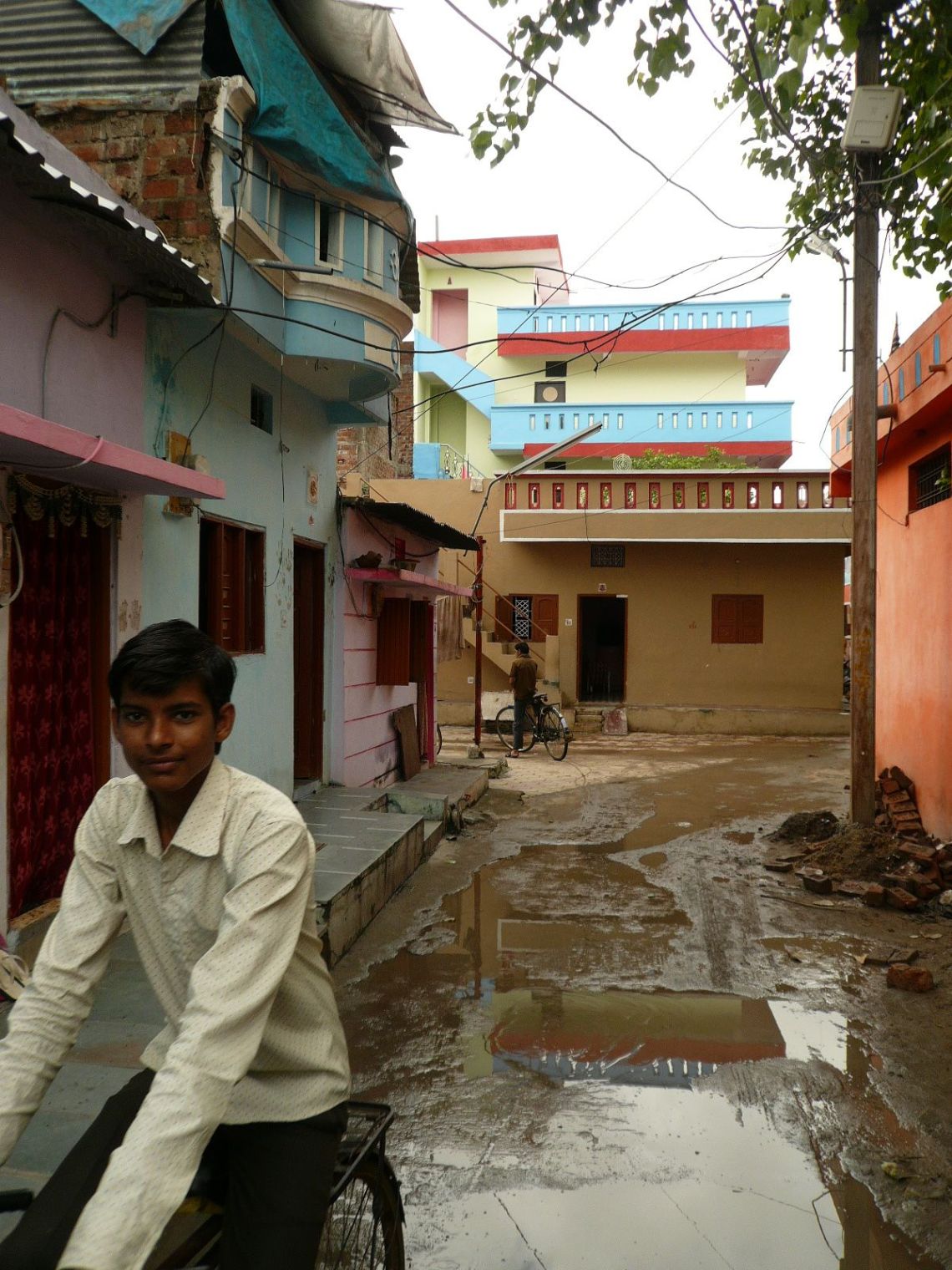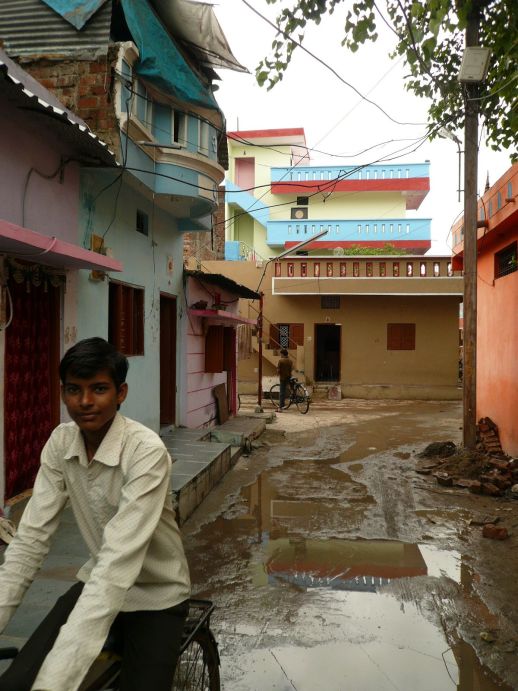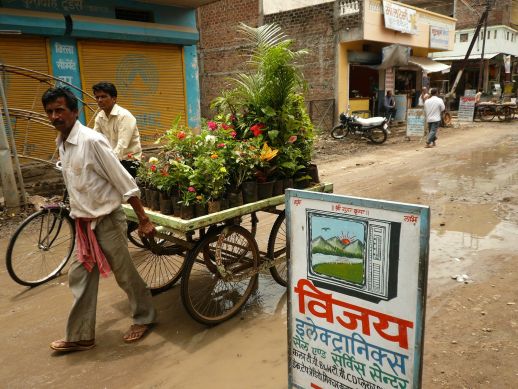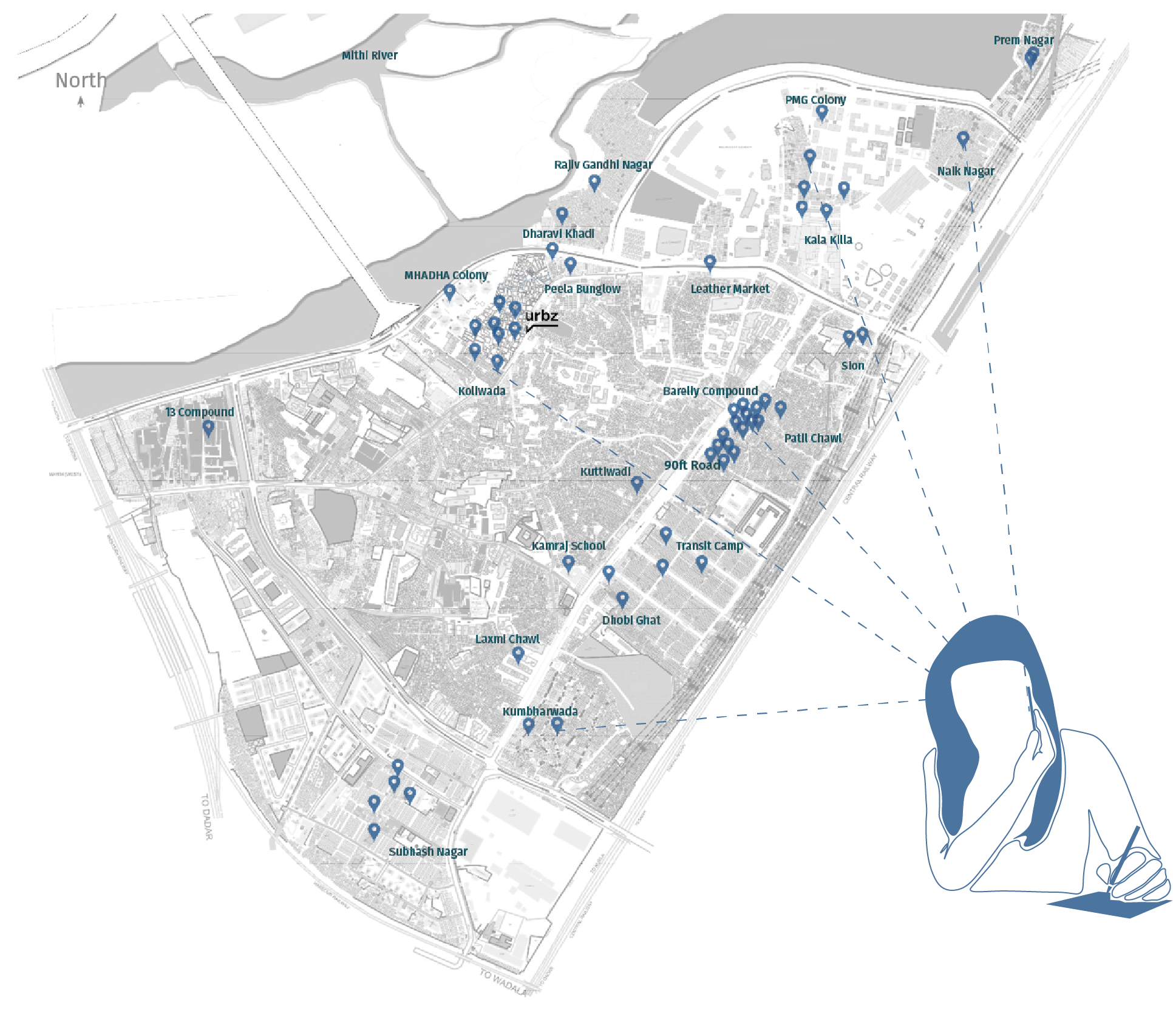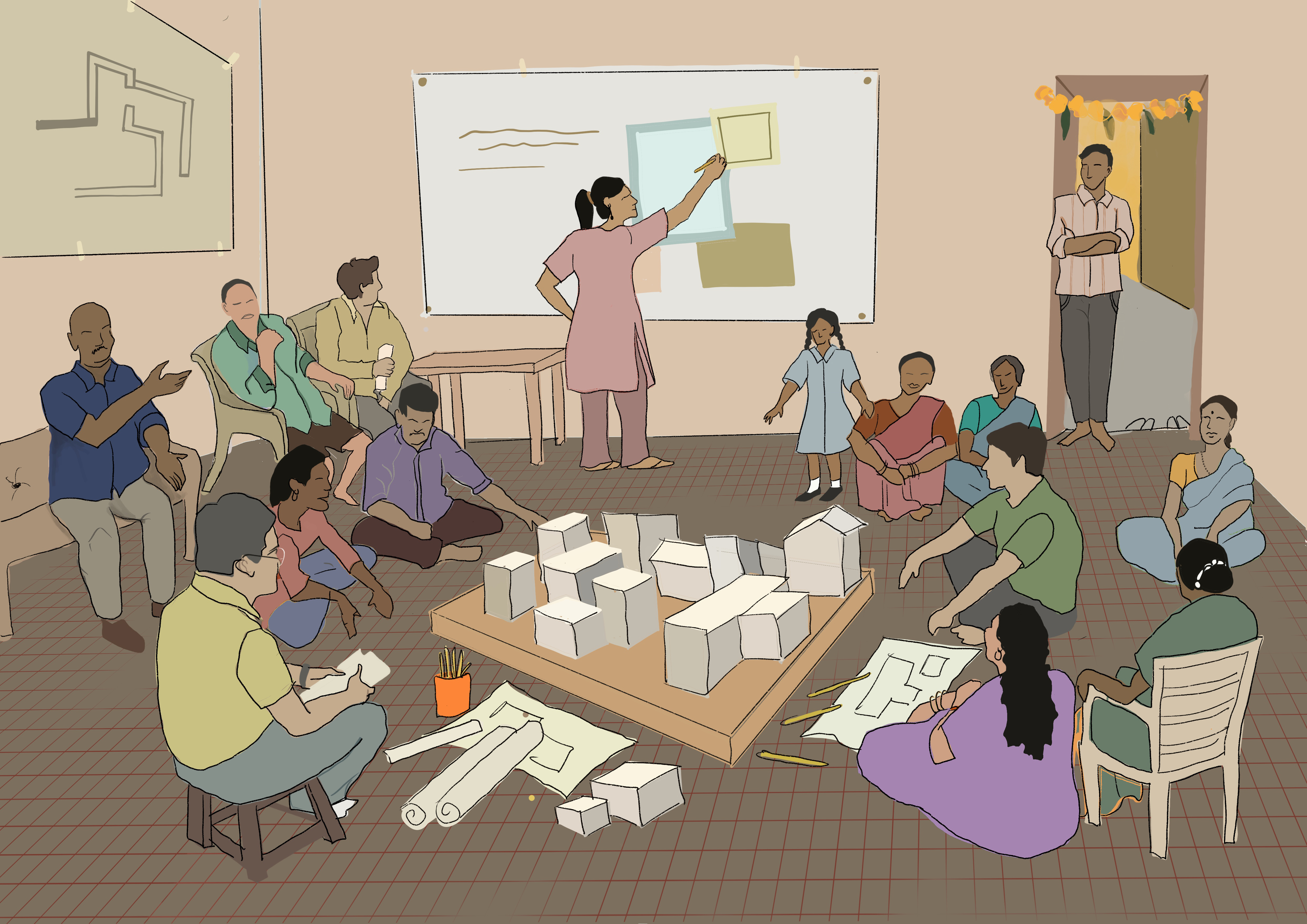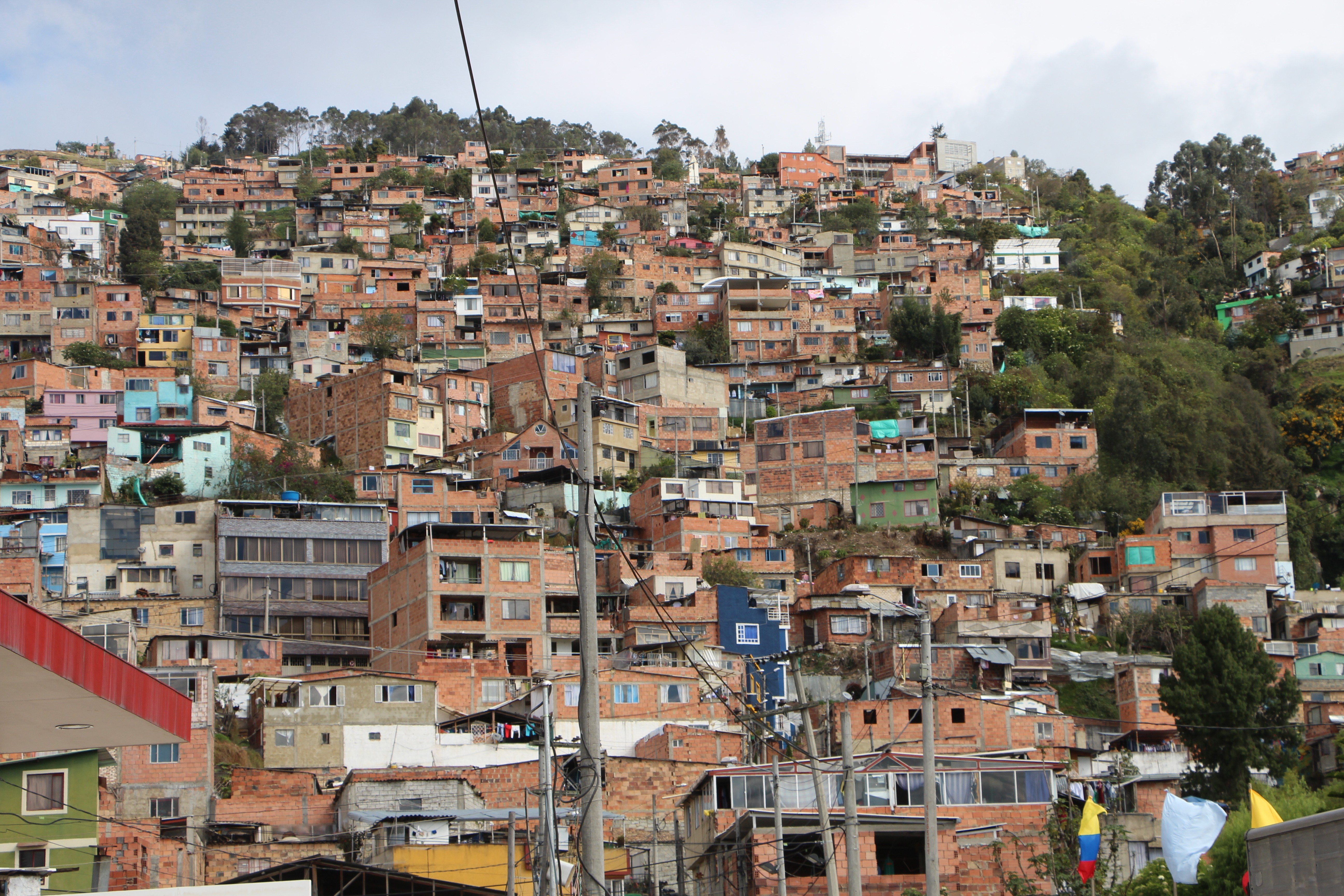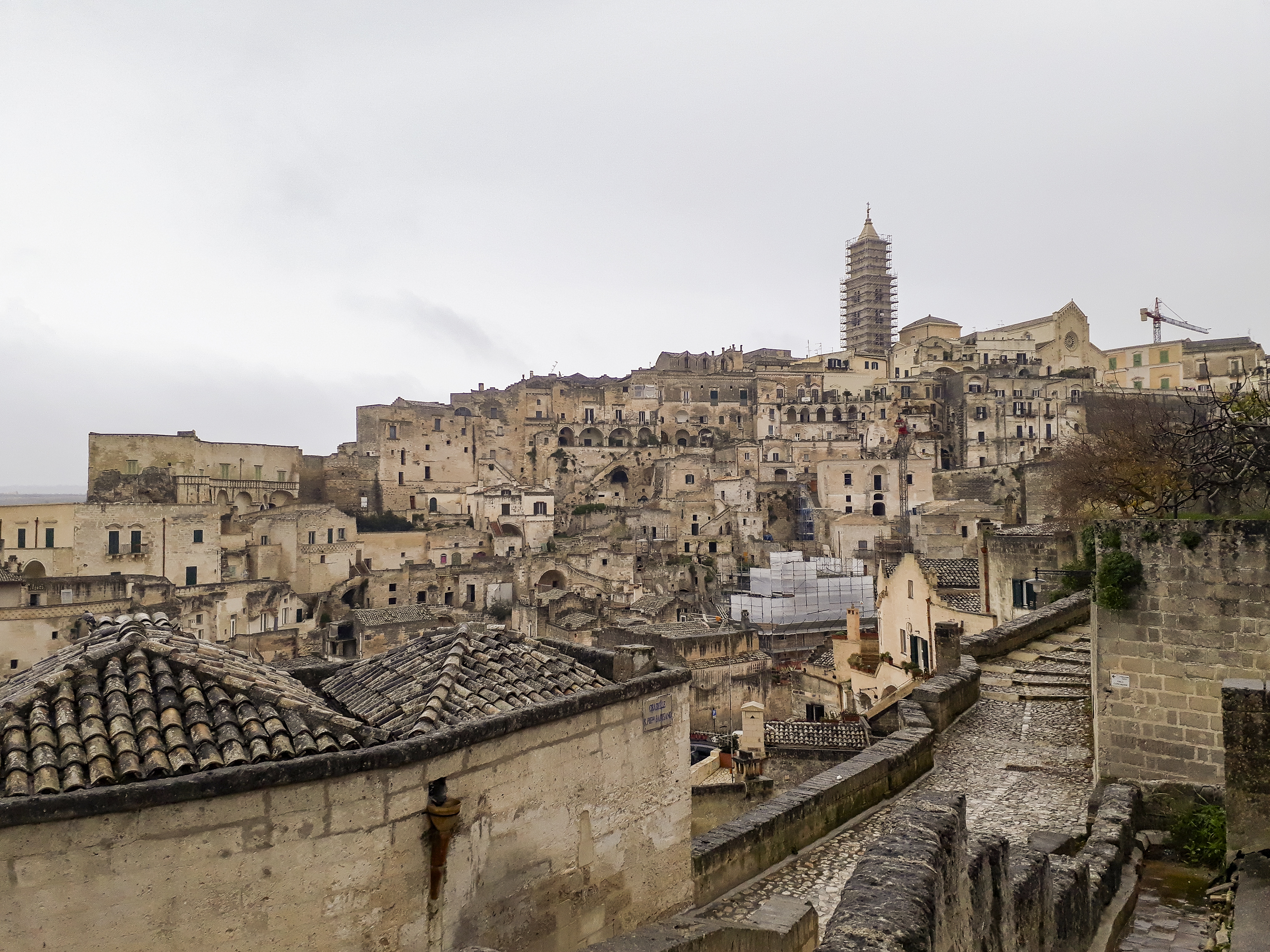Aranya: A story of incremental development
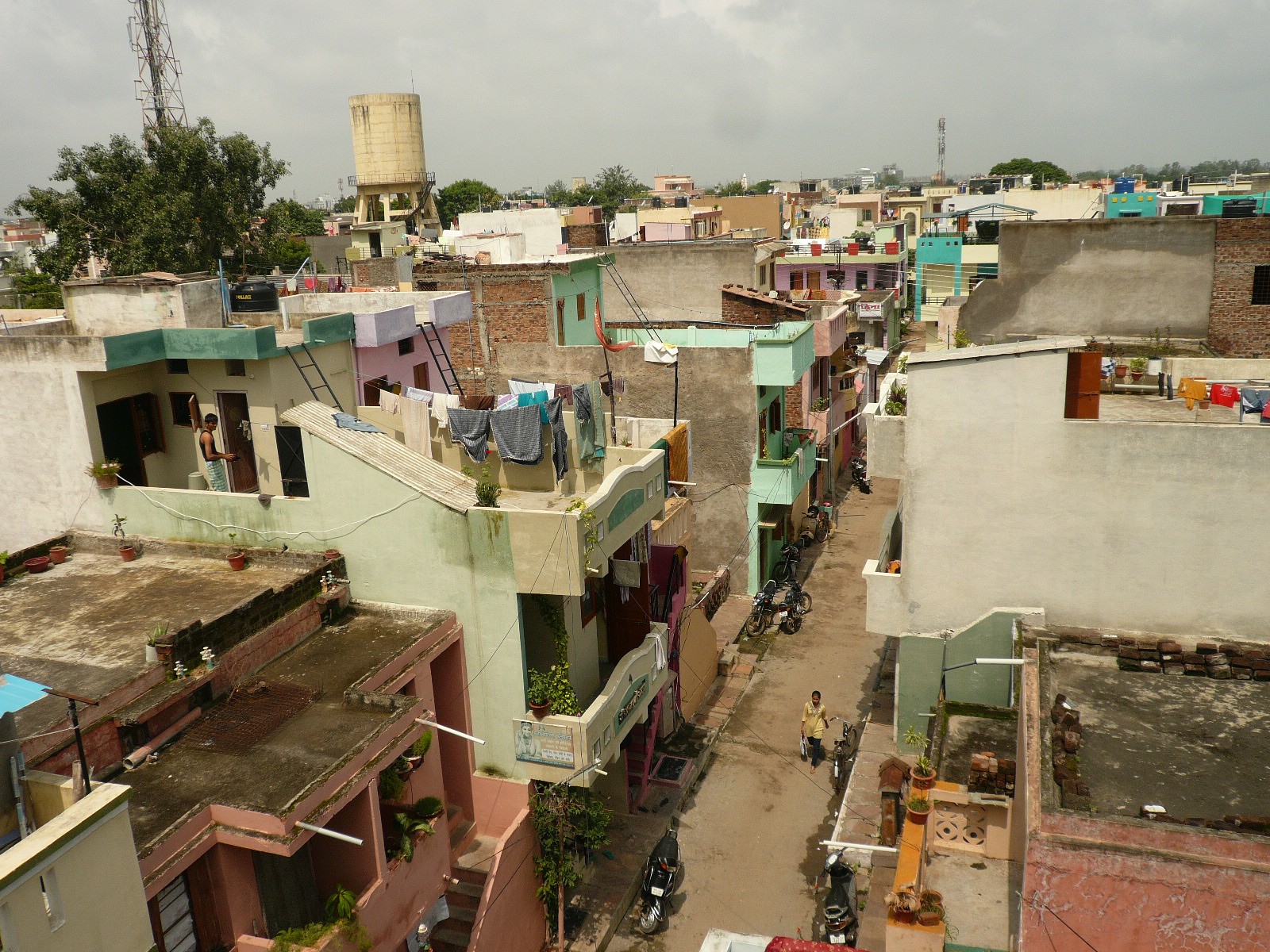
Aranya: A story of incremental development
22.7195687, 75.8577258
Aranya housing, Indore, Madhya Pradesh
Last week, we followed the trail of incremental development as hard-wired into BV Doshi’s little publicized Aranya project, which was started in the early 1980s in the city of Indore (Madhya Pradesh, India). The Indore Development Authority had commissioned a low-cost housing initiative for economically weaker sections of the city. This “site and services” project was supported by the World Bank, which in those days believed that incremental development and users’ involvement was key to providing shelter to the economically weaker sections of society. Also involved in the study that lead to Doshi’s plan was the very interesting Minimal Cost Housing Group at McGill University. Doshi’s Vastu Shilpa Foundation has published studies that lead to the project along with Aranya’s master plans. These are very important documents for people in the field of affordable housing, as they show an alternative path to urban development.
Locally known as sector 78, the Aranya project has yielded a rich harvest of affordable housing in habitats that continue to evolve and grow thirty years after its launch. Aranya features some really attractive parts shaped by individual footprints of homes that people invested with their savings and passion. These footprints are framed by the street layouts and boundaries originally conceived by Doshi. What families have done individually in them is quite impressive. A small 32 x 12 square foot base has evolved into an impressive 900 square feet house that reaches into the third floor. The economically poorer parts reveal layers of economic activities all along the narrow streets.
Many of Doshi’s initial intentions and ingenious innovations have not survived the implementation of the project, yet Aranya has become a lively neighbourhood, providing an attractive environment to its residents, mixing housing with economic activities. The population initially targeted by the project was a rather tightly audited, flat and abstract notion of the poor and needy. They were in many ways already pushed aside by the government agencies coordinating the project from its very inception and they participated intensely in speculating on the plots. Subsequently, many plots ended-up in the hands of people different than those they were initially intended for, but still, the ease with which Aranya mixes typologies and demographics is striking.
Interestingly, the development was to be cross subsidized by the sale of larger plots, many of which were bought by investors who had no intention of building anything on them, seeing them instead as long-term speculative investments. The town’s center was also left undeveloped as money ran short. Keeping these spaces empty has dragged down the development of the entire neighbourhood. In contrast smaller plots have been very intensively built on. A part of the neighbourhood where Doshi has built model houses has largely been taken over by government servants, who have often entirely rebuilt the original houses. Other parts have developed slowly over time, at the pace at which their owners could save and reinvest. Today, the low income population of Aranya is a minority, partly because they have been short-changed in the earlier phase when the plots were being attributed and partly because many have sold out since they were allocated the plot through a lottery process.
Aranya is in many ways an affirmation of the ideals of incremental growth in the area of urban development. It is an encouragement to all those involved in the business of affordable housing to work with the possibilities of self-development and infrastructural support rather than the conventions of state (or private sector provided) mass housing projects. We are now going to do a post-occupancy survey of Aranya together with the Vastu Shilpa Foundation. We hope that this will help us understand better the challenges and potential of incremental development schemes.

